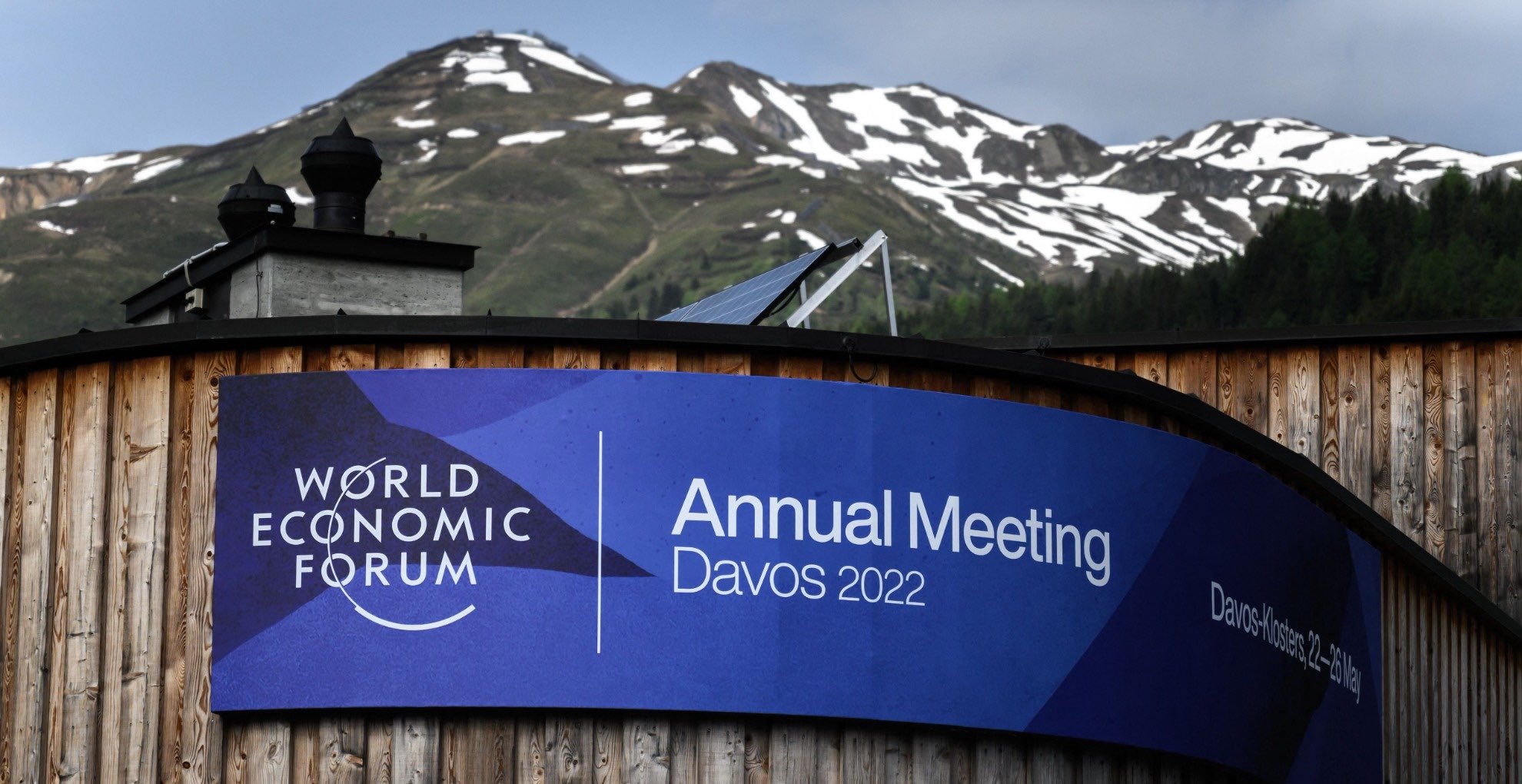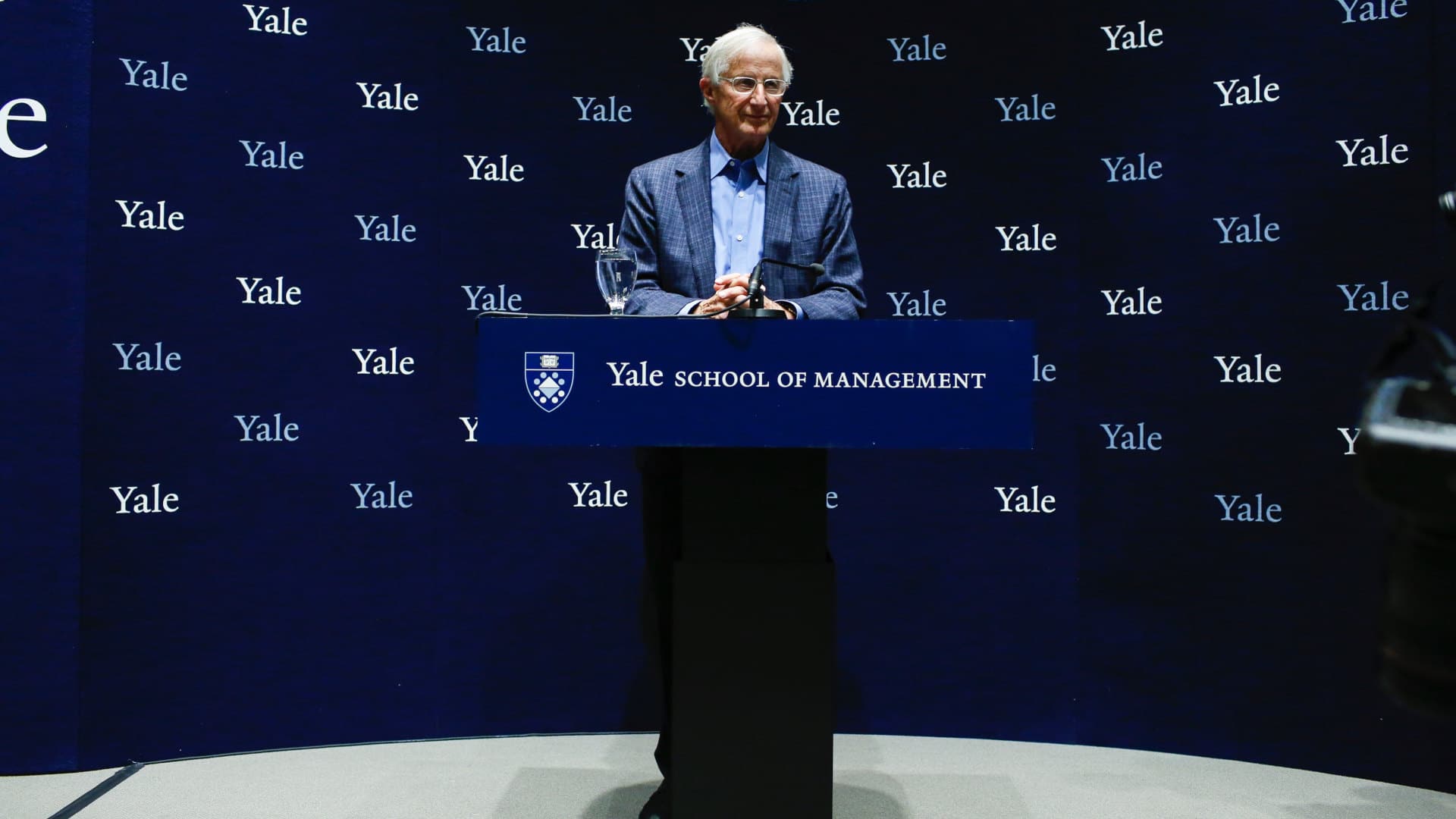Science has a resistance to ill-founded assertions embedded deep in its bones. Carl Sagan called this “baloney detection.” But in the face of climate change, arguably our largest science-related crisis, these baloney detection capabilities haven’t kept our leaders honest.
Consider the big climate news from last month’s gathering of the global elite at the World Economic Forum meeting in Davos, Switzerland. News coverage of the meeting highlighted climate pledges made by the First Movers Coalition, a public-private partnership launched last year at the United Nations Climate Change Conference. The coalition consists of 55 corporations and 9 national governments that have made “ambitious commitments” toward limiting global warming to 1.5 degrees Celsius above pre-industrial levels.
Coalition members seek to use their collective purchasing power to jump-start early markets for green technologies in “hard to abate” sectors including aluminum, aviation, chemicals, concrete, shipping, steel, and trucking. Automakers Ford and Volvo, for instance, have pledged that, by 2030, a tenth of the primary aluminum they purchase will be produced with little or no carbon emissions. Alphabet, Microsoft, and Salesforce — also First Movers — pledged to invest $500 million in carbon recapture technology. And some coalition members announced specific carbon removal goals. For instance, Swiss Re committed to remove 50,000 metric tons by 2030; Boston Consulting Group pledged 100,000 metric tons. At Davos, U.S. climate czar John Kerry heralded the moves as a “gigantic shift” and lauded businesses for “taking the lead” in areas where governments have been slow to act.
Sounds impressive right?
Sadly, the baloney isn’t hard to detect.
That $500 million investment in carbon removal? It represents about 0.1 percent of Alphabet, Microsoft, and Salesforce’s collective revenues last year. And it’s dwarfed by the nearly one trillion dollars that energy companies plan to put into new oil and gas projects — so-called “carbon bombs” each blasting more than a billion tons of carbon skyward — by 2030. Likewise, the 150,000 metric tons of carbon removal promised by Swiss Re and Boston Consulting is barely a sliver (0.00002 percent) of the extra 646 billion metric tons of greenhouse gas that those carbon bomb projects are expected to spew into the atmosphere — pollution that will cook the planet for centuries, unless it can be later removed.
In fact, Swiss Re and Boston Consulting Group’s carbon removal commitments won’t even nearly offset the carbon footprints of their own employees. The average individual in the top 10 percent of global earners — and with the current Euro-to-dollar exchange rate, if you earn more than $39,100 a year, you qualify — causes about 31 metric tons of annual carbon emissions each. (These figures are according to the 2022 World Inequality Report.) Assuming most of Swiss Re’s 14,000 employees and Boston Consulting’s 25,000 staffers fall into that category, which for Boston Consulting seems almost certain given the six figure salaries that many of their workers appear to command, those employees alone would collectively produce more carbon in just two months than the companies’ carbon removal projects would remove over the next eight years.
Media coverage that evades these hard truths, and that fails to contextualize the Davos-style spin, is the kind of public relations-parroting press that glosses over the gravity of the climate crisis; it is more strenuous stenography than journalism. It legitimizes a corporate-friendly form of not-quite-science-denial that could be described as science evasion.
The misleadingly presented climate pledges coming out of Davos are but one act in a much larger, intricately choreographed ballet of baloney about carbon removal. The Intergovernmental Panel on Climate Change, for instance, has proposed several climate scenarios that could potentially limit global warming to the target of 1.5 degree Celsius, but every one of them assumes that vast amounts of carbon — between 100 billion and 1 trillion metric tons — will be removed from the atmosphere over the course of the 21st century. Much of that carbon removal is expected to come by way of trees and other forms of biomass through a process called bioenergy with carbon capture and storage, or BECCS.
But research suggests that the planet’s capacity for reforestation is only large enough to remove about 2.4 billion metric tons of carbon dioxide per year. (We currently produce around 40 billion metric tons of global carbon emissions annually, including emissions due to land-use change.) To achieve the lofty IPCC goals, not only would humanity need to rapidly max out the planet’s tree capacity using fast-growth monoculture — potentially jeopardizing biodiversity, current agriculture, and the 7,000 trillion extra calories per year that forecasters think will be needed to feed the growing world population by 2050 — we would also need to augment that tree planting with substantial artificial carbon removal technologies.
To illustrate the implausibility of that feat, here’s a potent baloney-battling metaphor from technology entrepreneur Saul Griffith: “Imagining that we can build machines that work 20 times better than all of biology is a fantasy created by the fossil-fuel industry so they can keep on burning.” He adds: “If you had a giant set of scales and put all the things humans make or move on one side, and all of the CO2 we produce on the other, the CO2 would weigh more.”
Make no mistake about it: This is a race. As a recent IPCC press release notes, to limit global warming to around 1.5 degrees Celsius, greenhouse gas emissions would have to peak “before 2025 at the latest, and be reduced by 43 per cent by 2030.” Although carbon removal technology and trees will play a part, neither will get humanity remotely close in time. We’re logically left with one primary path: cutting the demand for fossil fuels. The hard truth about this path, a truth the Davos elite and most mainstream media seem reluctant to acknowledge, is that it will require personal sacrifices, especially from the world’s wealthiest people. On average, the top 1 percent of global earners — people who earn $130,000 a year or more — cause 110 metric tons of carbon emissions each year per person. For perspective, that’s about 2,200 times the carbon burden of a typical citizen of Burundi. The world’s 1-percenters out-polluted the poorest half of humanity twice over between 1990 and 2015, and recent estimates suggest they are collectively responsible for more than 11 times the annual greenhouse gas emissions attributed to notorious climate villain ExxonMobil. Meanwhile, the top 10 percent — which includes earners who make $39,100 a year, a middle class income for individuals in Global North countries like the U.S. — produce nearly half of all carbon harms. No arithmetically coherent plan to cut carbon emissions can ignore this reality.
I’d argue that the concentration of carbon harms among 10-percenters brings a silver lining: It means that individual actions taken by that relatively small segment of the population can quickly make a big difference, circumventing the delays that plague broader political and systematic change. If the average, well-off North American were to cut their carbon emissions to levels on par with typical top ten percent earners in Europe, they would trim their carbon footprint by roughly 44 metric tons annually. If just one in five Americans did that, the country could hit Biden’s goal of cutting U.S. annual emissions in half by 2030. Here’s another way to think about it: If each American in the top 1 percent of global earners cut their carbon footprint by just 1 percent, it would be equivalent to getting nearly 8 million cars off the road in the U.S. That’s around eight times the carbon savings of America’s all-electric vehicle fleet.
The climate crisis is driven by, and can only be fixed by, the choices of the world’s wealthy. Yet most business and financial leaders are cognitively stranded in the before-times. As economic historian Adam Tooze was quoted as saying in a recent Bloomberg article, Davos attendees “imagine they can find a great bunch of technological solutions and capitalism will do its job of creative destruction.”
But we’ve just seen how that story ends. In a recent essay for the New York Times, David Wallace-Wells noted that when wealthy nations and biotech companies were presented with an opportunity to make Covid-19 vaccines widely available to the world — an option that Biden said would be “the only humane thing in the world to do” — they instead chose to put profits above saving lives. Let’s not repeat that horrific fiasco on climate.
Jag Bhalla is a writer and entrepreneur.












Comments are automatically closed one year after article publication. Archived comments are below.
“$39,000” is no longer a middle class income in America.